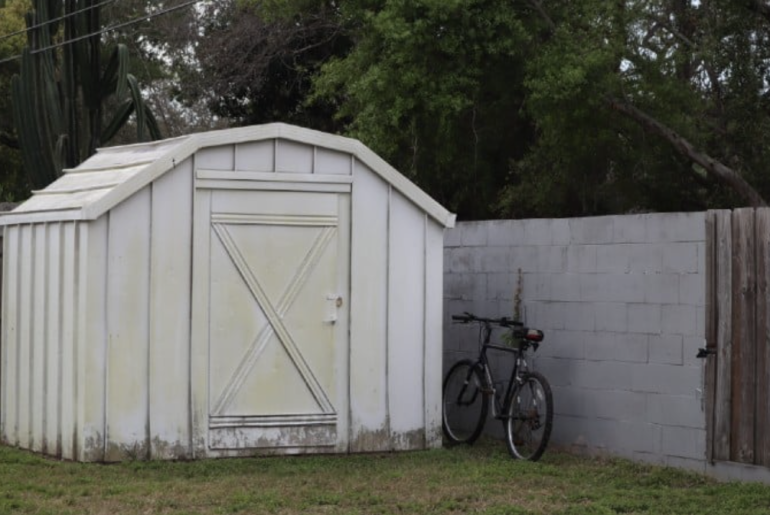Moving a shed can be a challenging task, requiring careful planning and execution to ensure a safe and successful relocation. Whether you are moving a shed within your property or transporting it to a new location, following expert tips can help you navigate the process with confidence. Here, we will provide you with essential guidelines to ensure the safe and efficient movement of sheds.
1. Evaluate the Shed:
Before attempting to move a shed, it is crucial to assess its overall condition. Check for any structural weaknesses, rot, or damage that might compromise its integrity during the relocation. Ensure the shed is in a suitable condition to be safely moved without any risk of collapsing or breaking apart.
2. Plan the Route:
Survey the pathway from the current location to the new spot where you intend to place the shed. Take note of any potential obstacles such as trees, fences, or power lines that might impede the movement. Clear the pathway of any debris, rocks, or other tripping hazards to ensure a smooth and unobstructed route.
3. Gather the Right Equipment:
Moving a shed requires specialized equipment to ensure safety and ease of transport. Essential tools and equipment include heavy-duty straps, a sturdy dolly or hand truck, pry bars, jacks, and a vehicle capable of towing the shed (if necessary). Additionally, enlisting the help of a professional shed moving company can provide you with the expertise and equipment required for a seamless relocation.
4. Empty the Shed:
Before moving the shed, make sure to remove all contents. Empty the shed completely to reduce its weight and prevent any damage to its interior or items inside. Take extra care with fragile or valuable items, ensuring they are properly packed and secured before transportation.
5. Disassemble if Possible:
If your shed is constructed in panels or sections, disassembling it can make the relocation process significantly easier. Carefully label each component and keep track of the hardware to facilitate reassembly. Take photographs of the shed in its assembled state to serve as a reference during reconstruction.
6. Reinforce the Shed:
To maintain structural integrity during transport, reinforce the shed as necessary. Install additional bracing or cross-members to strengthen weak areas and prevent shifting or flexing. Reinforcements might include plywood sheets across windows or attaching diagonal braces to the shed’s framework. These measures help minimize the risk of damage or collapse while in transit.
7. Secure the Shed:
Properly securing the shed before moving is essential to avoid accidents or damage. Use heavy-duty straps or chains to firmly secure the shed to the towing vehicle or dolly. Ensure the straps are tightened and provide adequate support to prevent any movement or shifting during transport. Regularly inspect the straps and adjust them as needed throughout the journey.
8. Seek Professional Assistance:
Moving a shed can be a complex and demanding task. If you lack the necessary experience, equipment, or physical strength, it is wise to hire professional shed movers. They possess the expertise, tools, and insurance to handle the relocation safely and efficiently. Professional shed movers can also help with obtaining any required permits or permissions for transportation if applicable. Visit to know more https://www.shiply.com/shed-moving
Conclusion:
Moving a shed requires careful planning, proper equipment, and attention to detail. By following these expert tips, you can ensure a safe and successful shed relocation. Evaluate the shed’s condition, plan the route, gather the right equipment, and take necessary precautions to reinforce and secure the shed before transport. If you’re unsure about the process or lack the necessary resources, it is always advisable to consult with professional shed movers who can provide a seamless and stress-free relocation experience.

